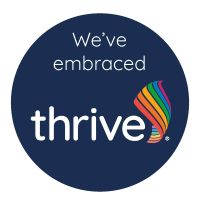
Maths Subject Leader

Miss Bateson
Our Maths Subject Leader at St. Aidan's is Miss Bateson. She has been collaborating closely with our local Maths Hub to enhance the teaching of Mastery Maths throughout our school. Mr. Dockerill serves as our Maths link governor.
Intent
At St. Aidan's, we firmly believe that every child has the potential to succeed in mathematics. We use White Rose Maths. That's why we follow the Mastery Principles outlined by the NCETM (National Centre for Excellence in the Teaching of Mathematics). These principles include representation and structure, mathematical thinking, fluency, variation, and coherence. However, we understand that mastery takes time. Our goal is to equip our students with the knowledge, skills, and vocabulary they need to apply mathematics in their daily lives, both now and in the future. Mathematics plays a crucial role in our comprehensive curriculum, where we strive to instil a lifelong passion for the subject and empower our students to think critically. Mastery is a journey, and we are confident that by breaking down the curriculum into manageable steps and mastering the fundamentals of numbers, we can free up our students' working memory to tackle more complex concepts.
Implementation
In our EYFS program, we focus on developing strong number sense in our children using the NCETM mastering number scheme. Through taught sessions and continuous provision, we introduce new learning each week to reinforce their understanding. In year 1 and 2, we take it a step further by incorporating 10-15 minute Fluency Bee session to enhance their number sense.
From year 1 to year 6, we base our planning on the White Rose small steps, but we adapt the lessons to meet the needs of our children. We also utilise other mastery resources to support our math curriculum such as Maths Shed and the NCTEM. This allows us to break down the teaching sequence into manageable steps and effectively apply the concrete, pictorial, abstract (CPA) approach. During daily teaching, our class teacher provides stem sentences and modelling to encourage mathematical discussions, reasoning, and problem-solving skills. For children who need extra support, we provide scaffolds to ensure they fully grasp each step before moving on. These scaffolds may involve using concrete resources or pictorial representations, but we have a clear exit strategy to prevent dependence on them. For children who grasp concepts quickly, we provide variations to deepen their understanding and challenge them further within the curriculum.
Our calculation policy and fluency policy are utilised with great care. The calculation policy ensures that children are not pushed beyond their level, but rather given opportunities to deepen their understanding within it. Meanwhile, our fluency policy provides a clear roadmap for students' progression through school, and our staff are well-informed about the mental strategies and number facts they should be teaching. It also outlines the specific times tables that should be covered in each year, with the goal of all children being able to rapidly recall up to 12x12 by the end of year 4. At the end of the school year, we conduct effective transition meetings to help new teachers assess their students' starting points. If certain units haven't been fully covered, our staff ensures that the children are at least "ready to progress" to the next year group.
Incorporating daily assessment, we provide live and verbal feedback throughout the lessons. If children require additional support, interventions are implemented to ensure they are prepared for the next "small step" in their learning. Termly NFER assessments serve as a diagnostic tool, enabling teachers to adapt their teaching to meet the needs of all children. This helps maintain clear standards in the subject and is supported by reliable data.
Impact and Aims
By the time Year 6 comes to an end and students transition to secondary school, our goal is for St. Aidan's mathematicians to possess a profound, lasting, secure, and adaptable comprehension of the subject. This understanding will be built upon the CPA process, ensuring that children truly grasp the concepts rather than simply memorising steps. As a result, they will be able to recognise when answers don't align with mathematical logic. Furthermore, these skills in calculations and understanding will empower them to tackle problems with confidence and resilience, even in situations where they don't have a predetermined method. Additionally, they will have the ability to express their mathematical reasoning effectively.
St. Aidan's Maths Policy
EYFS Maths documents
Maths Calculation Policy
Year 1 Fluency Bee documents
Year 2 Fluency Bee documents
Year 4 Multiplication tables check (MTC)
Maths in EYFS at St. Aidan’s
“Children are born ready, able and eager to learn. They actively reach out to interact with other people, and in the world around them. Development is not an automatic process, however. It depends on each unique child having opportunities to interact in positive relationships and enabling environments.”
Development Matters, 2012
The early years of a child's life are crucial for developing mathematical skills. Studies have shown a link between early mathematical knowledge and future success in reading, education, and social development. On the other hand, children who struggle with mathematics early on often continue to face challenges throughout their schooling.
The intent for our Early Years is to ensure that all children develop firm mathematical foundations in a way that is engaging, and appropriate for their age. We use books, games, Numberblocks, maths resources, rhymes, daily routines, and outdoor activities to nurture an enjoyment of maths from an early age. We let children explore mathematical concepts with curiosity and without a fear of making mistakes. There are six key areas of early mathematics learning, which collectively provide a platform for everything children will encounter as they progress through their maths learning at primary school, and beyond. The six areas are:
Cardinality and Counting
Understanding that the cardinal value of a number refers to the quantity, or ‘howmanyness’ of things it represents
Comparison
Understanding that comparing numbers involves knowing which numbers are worth more or less than each other
Composition
Understanding that one number can be made up from (composed from) two or more smaller numbers
Pattern
Looking for and finding patterns helps children notice and understand mathematical relationships
Shape and Space
Understanding what happens when shapes move, or combine with other shapes, helps develop wider mathematical thinking
Measures
Comparing different aspects such as length, weight and volume, as a preliminary to using units to compare later
We use the White Rose Maths Reception scheme of learning for our EYFS as this links to the two forms of non-statutory curriculum guidance for the EYFS, Development Matters (DFE 2021) and Birth to 5 Matters (Early Education 2021) and over the key six areas of early mathematics learning. White Rose Maths is also aligned with the Department for Education's (DfE) statutory framework for the Early Years Foundation Stage (EYFS). We have chosen this scheme as it is designed to help deliver a curriculum that emphasises mathematical thinking and communication.
This scheme also supports our EYFS ethos while also empowering teachers to create a mathematically rich learning environment. We ensure key mathematical concepts are revisited and built upon throughout the year, promoting deeper understanding and progression. The six key areas for learning have been divided into 18 blocks which provides a variety of opportunities to develop the understanding of number, shape, measure and spatial thinking.
Specific teaching occurs through small steps with adult-led activities and in continuous provision. Continuous provision is used to enhance, consolidate or challenge children’s learning from the block. A key focus of our approach is to build up numbers slowly, so children gain a deep understanding of them and how they are composed through the counting principles of:
1. The one-to-one principle.
2. The stable-order principle.
3. The cardinal principle.
4. The abstraction principle.
5. The order-irrelevance principle.
However, this does not mean children are not counting and discussing larger numbers in other areas of their classroom environment or classroom routines.
Yearly Overview.
Each block has three end of block checkpoints where adults can observe children demonstrating the knowledge they have gained. These are designed to be fun games or activities to support play-based practical learning. At St. Aidan’s we have a whole class maths scrapbook and the EYFS lead and support staff complete individual feedback on assessment sheets. These assessments inform targets and next steps.
Numberblocks
Where possible we use these to draw out and build on the maths embedded in the stories contained in each episode where it links to key learning in our scheme.
EYFS Maths documents

Fluency Bee is a structured teaching programme designed to give children confidence with numbers through varied and frequent practice. It's an easy way to build number sense and develop a range of core skills in maths. We teach Fluency Bee daily.
Curious about Fluency Bee?
It's a fantastic teaching program that aims to boost children's number skills and build their confidence through fun and regular practice. With Fluency Bee, kids can develop a strong sense of numbers and enhance their maths abilities in a structured and engaging way.
The Key to Mathematical Fluency
Fun and Engaging
Concrete – pictorial – abstract (CPA)
Mathematical talk and reasoning
Year 1 Fluency Bee documents
Useful website links
White Rose 1-Minute Maths
Designed for use both in class and at home,1-minute maths helps children build greater number confidence and fluency. It’s all about targeted practice in engaging, one-minute chunks!
White Rose 1-Minute Maths website link
BBC Bitesize.png)
Use BBC Bitesize to help with your homework, revision and learning from KS1 to GCSE. Find free videos, step-by-step guides, activities and quizzes.
At the core of our fluency programme are 36 essential times table facts. Our teaching focuses on developing understanding and recall of these 36 facts, and on using them to know the commutative multiplication facts up to 9 x 9 and the inverse division facts. Later in the programme, in preparation for the Year 4 Multiplication Tables Check, the 11 and 12 times tables are also taught in a lighter touch way, as well as practice of the 10 times table
The Times Tables Fluency programme follows a 5 step teaching approach. Each step is critical to ensure every child becomes fluent in both factual recall and understanding of concepts.
Please see our Times Tables Policy for more detail about each step.
Maths Documents
Useful website links
.png) White Rose 1-Minute Maths
White Rose 1-Minute Maths
Designed for use both in class and at home,1-minute maths helps children build greater number confidence and fluency. It’s all about targeted practice in engaging, one-minute chunks!
White Rose 1-Minute Maths website link
 Mathsframe
Mathsframe
Mathsframe has more than 200 interactive maths games and 300 maths worksheets and assessments linked to the new curriculum. All resources are designed by an experienced KS2 teacher. New games and worksheets are added regularly.
 Timestables.co.uk
Timestables.co.uk
At timestables.co.uk you can easily practise all of your tables. The arithmetic problems are clear and simple so you can immediately get started on practicing your tables. Select one of the times tables you wish to practise from the list below and show what you can do on the speed test, Multiplication Tables Check or printout great worksheets.
Timestables.co.uk website link
 Topmarks
Topmarks
BBC Bitesize.png)
Use BBC Bitesize to help with your homework, revision and learning from KS1 to GCSE. Find free videos, step-by-step guides, activities and quizzes.
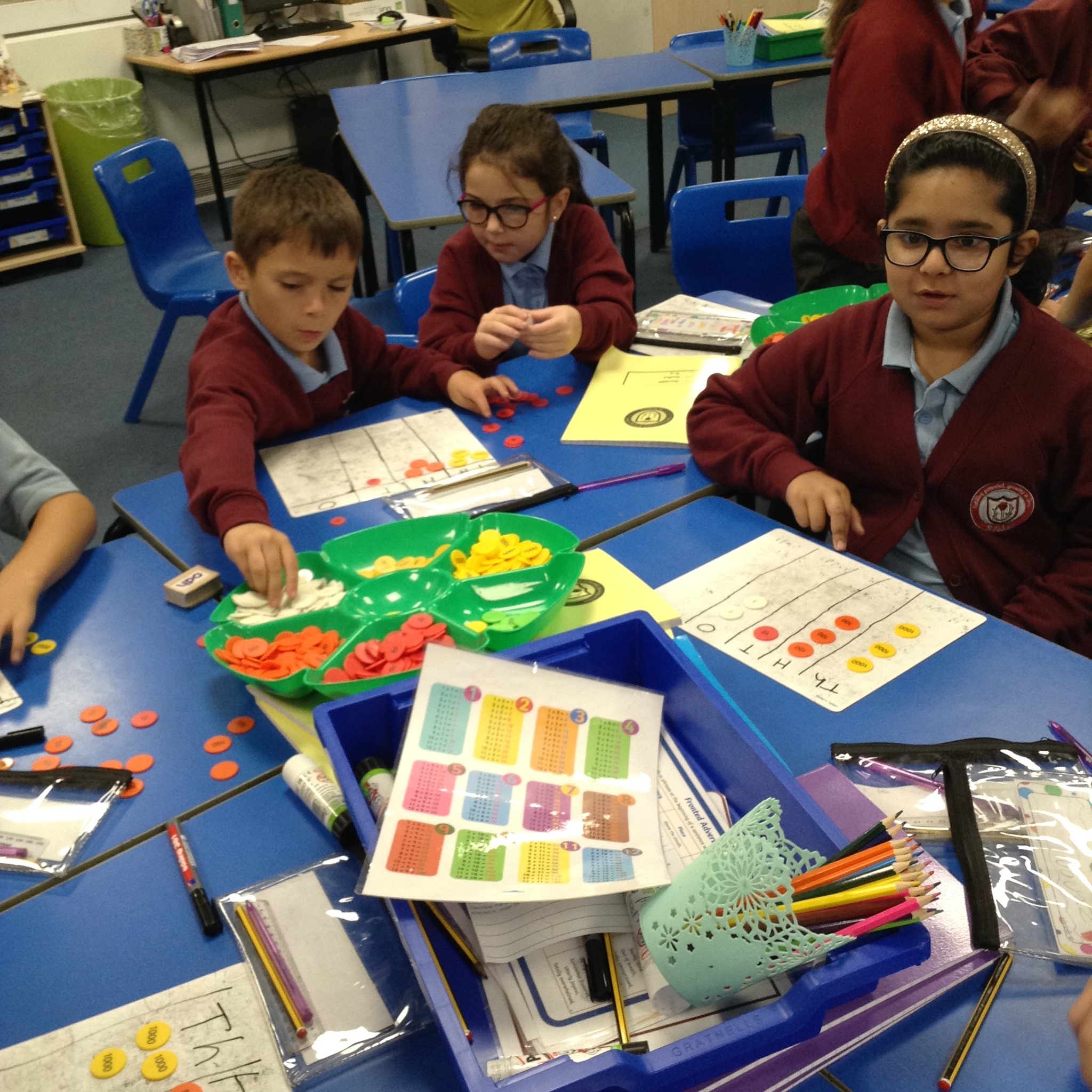
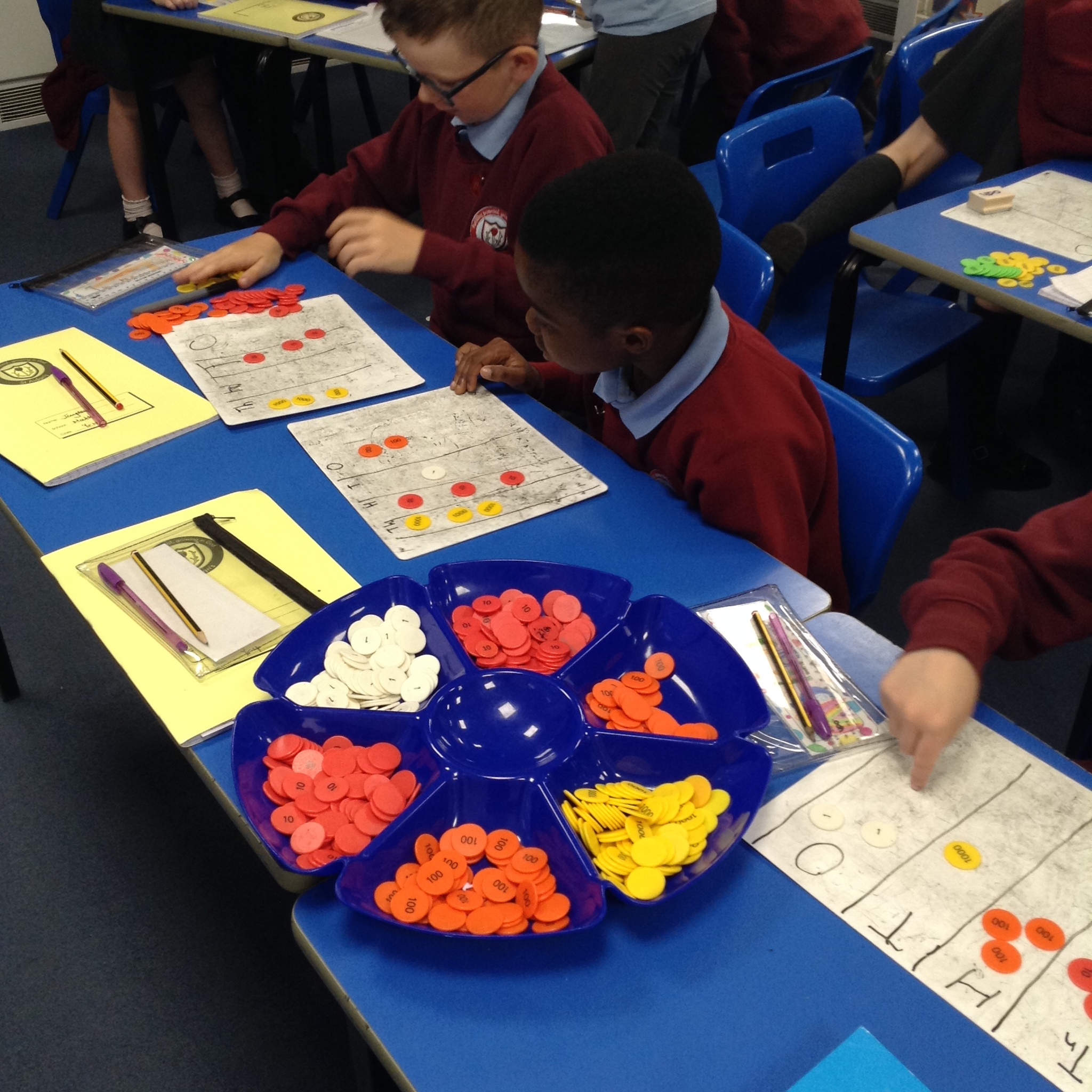
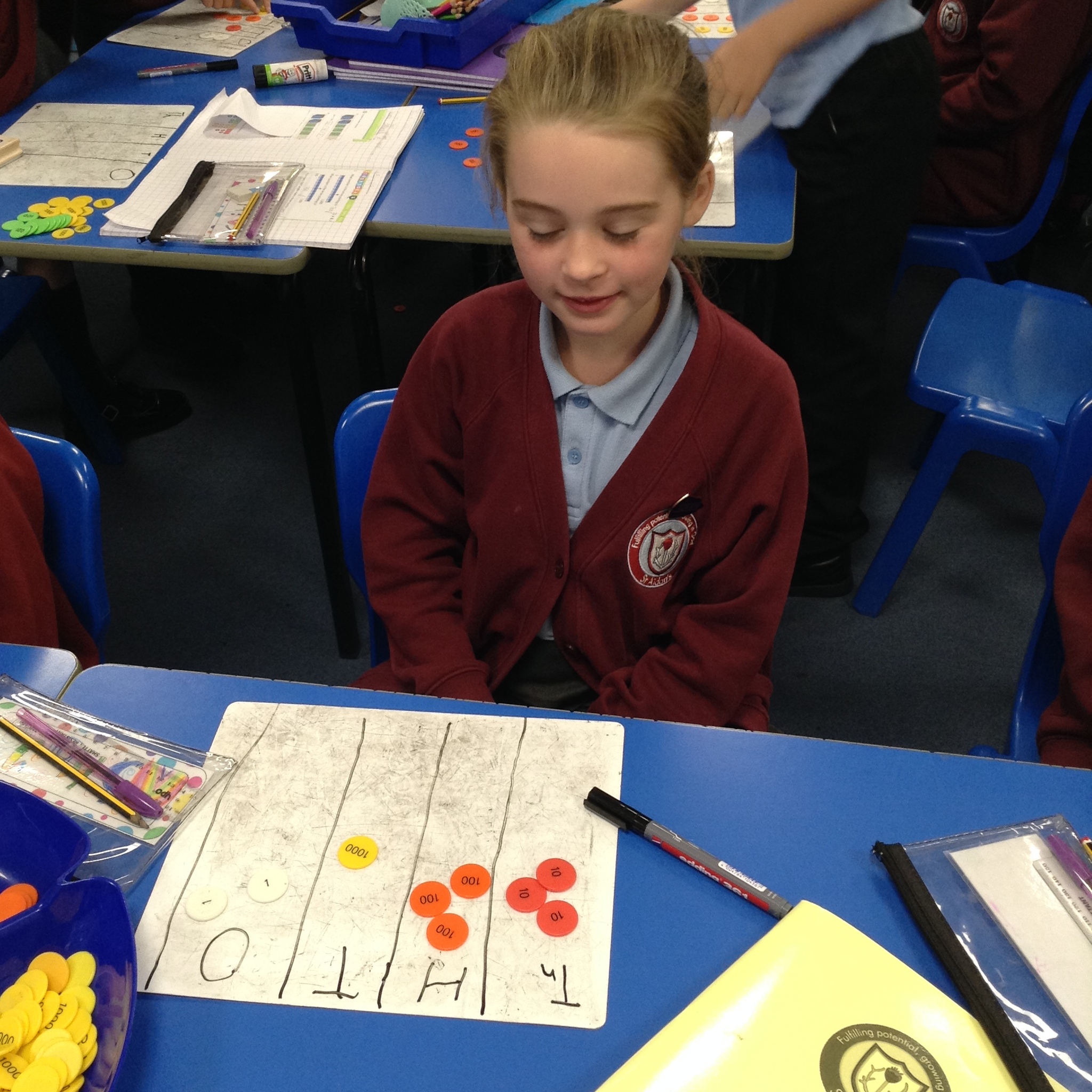

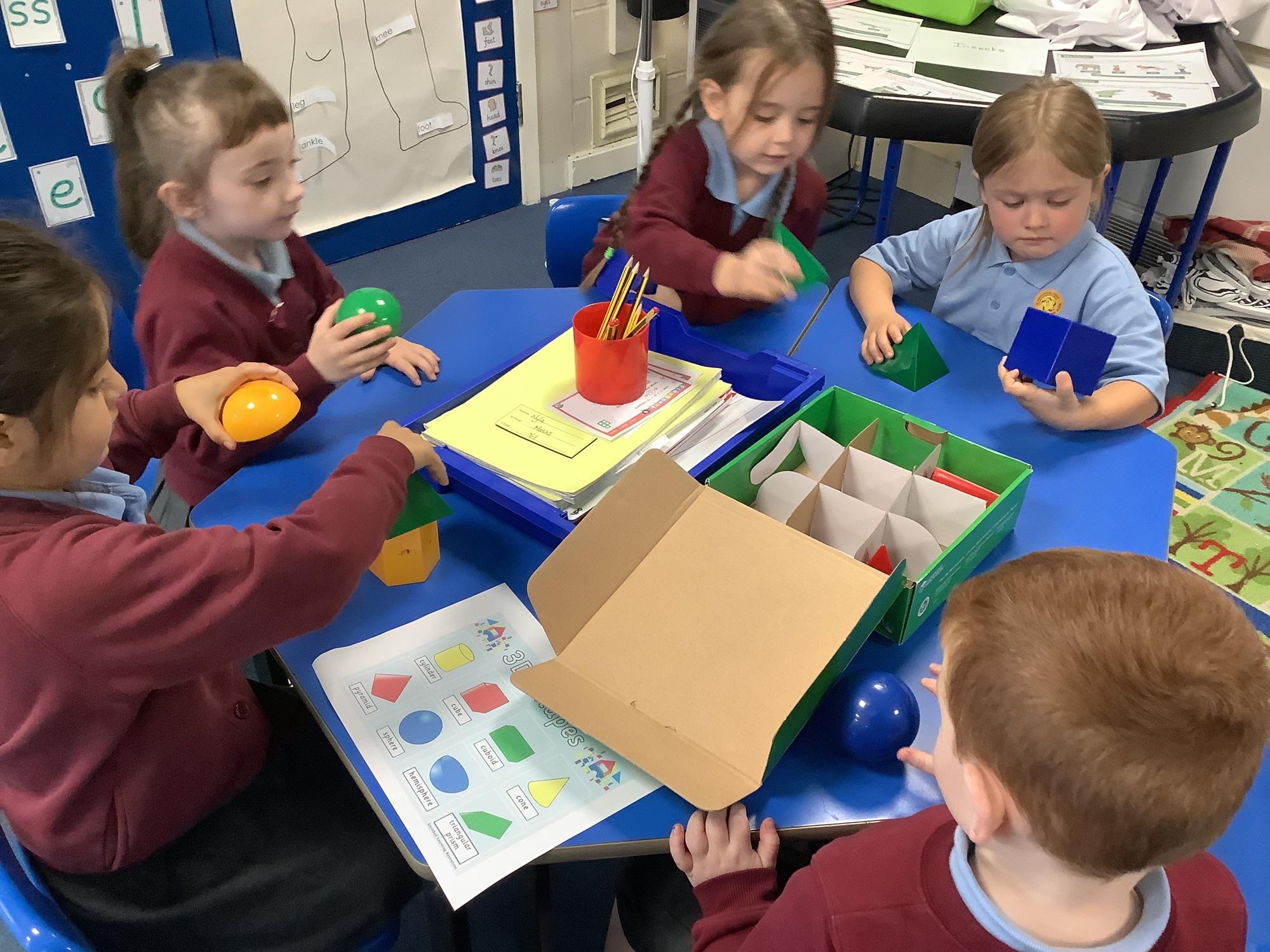
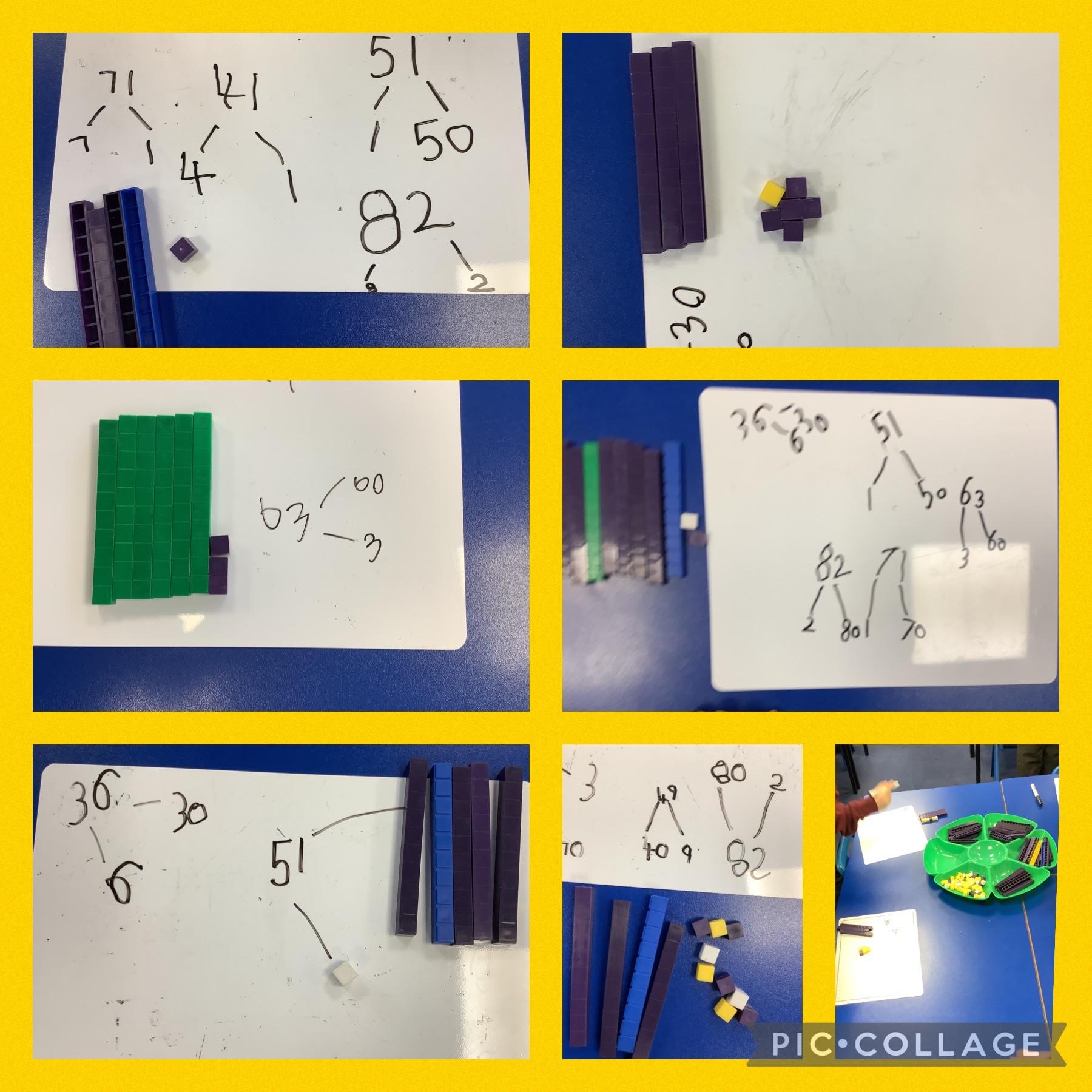
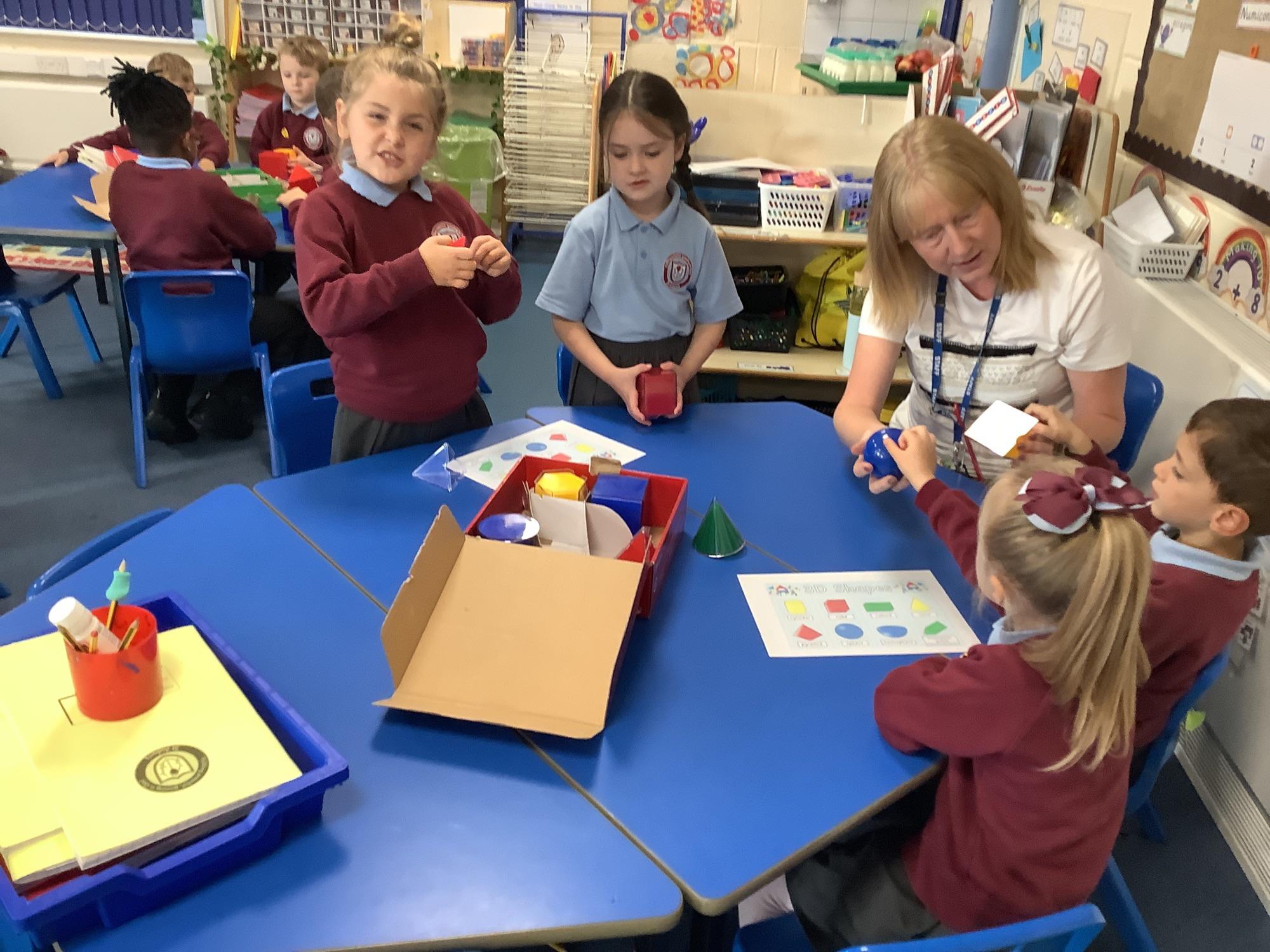
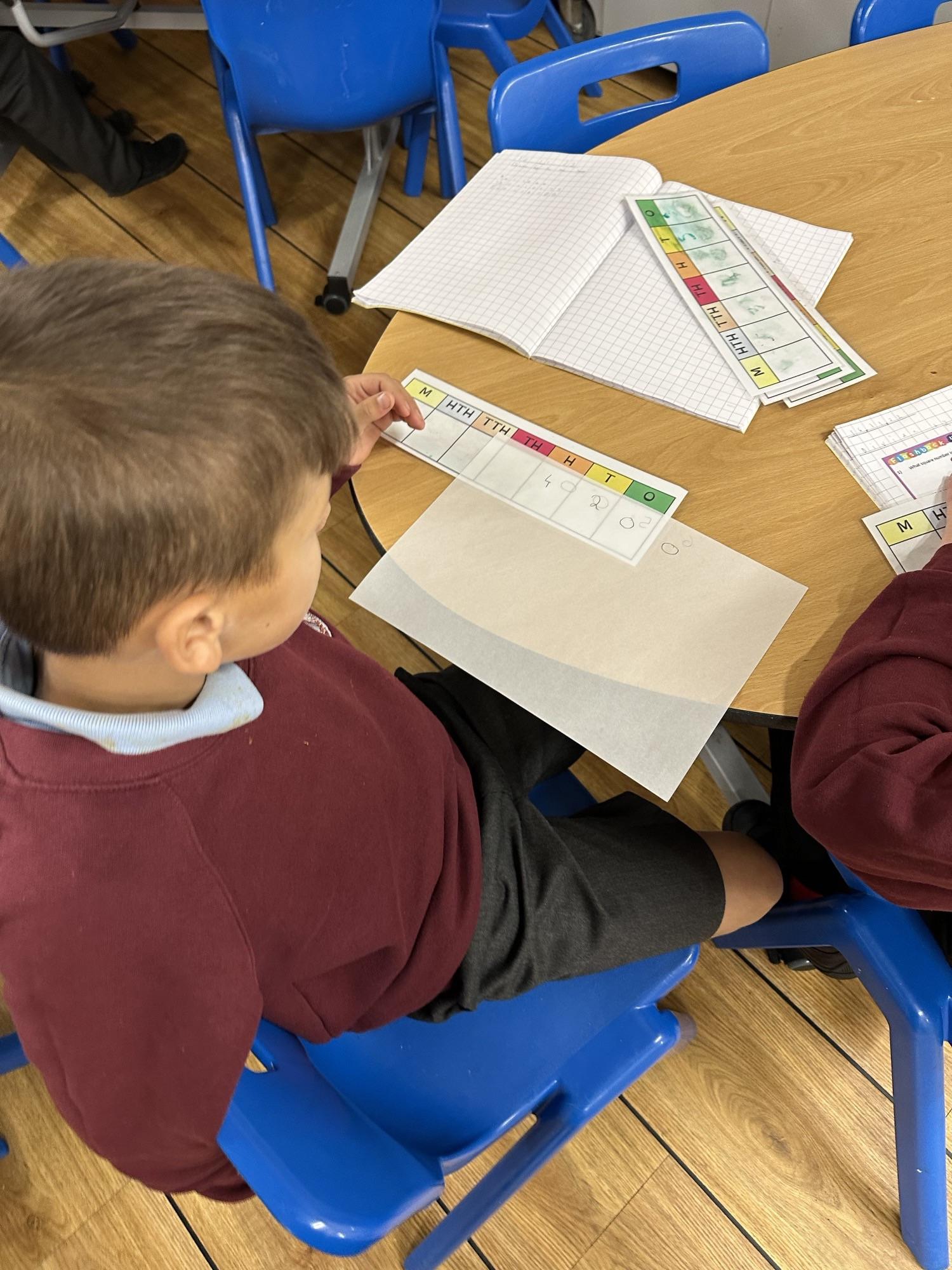
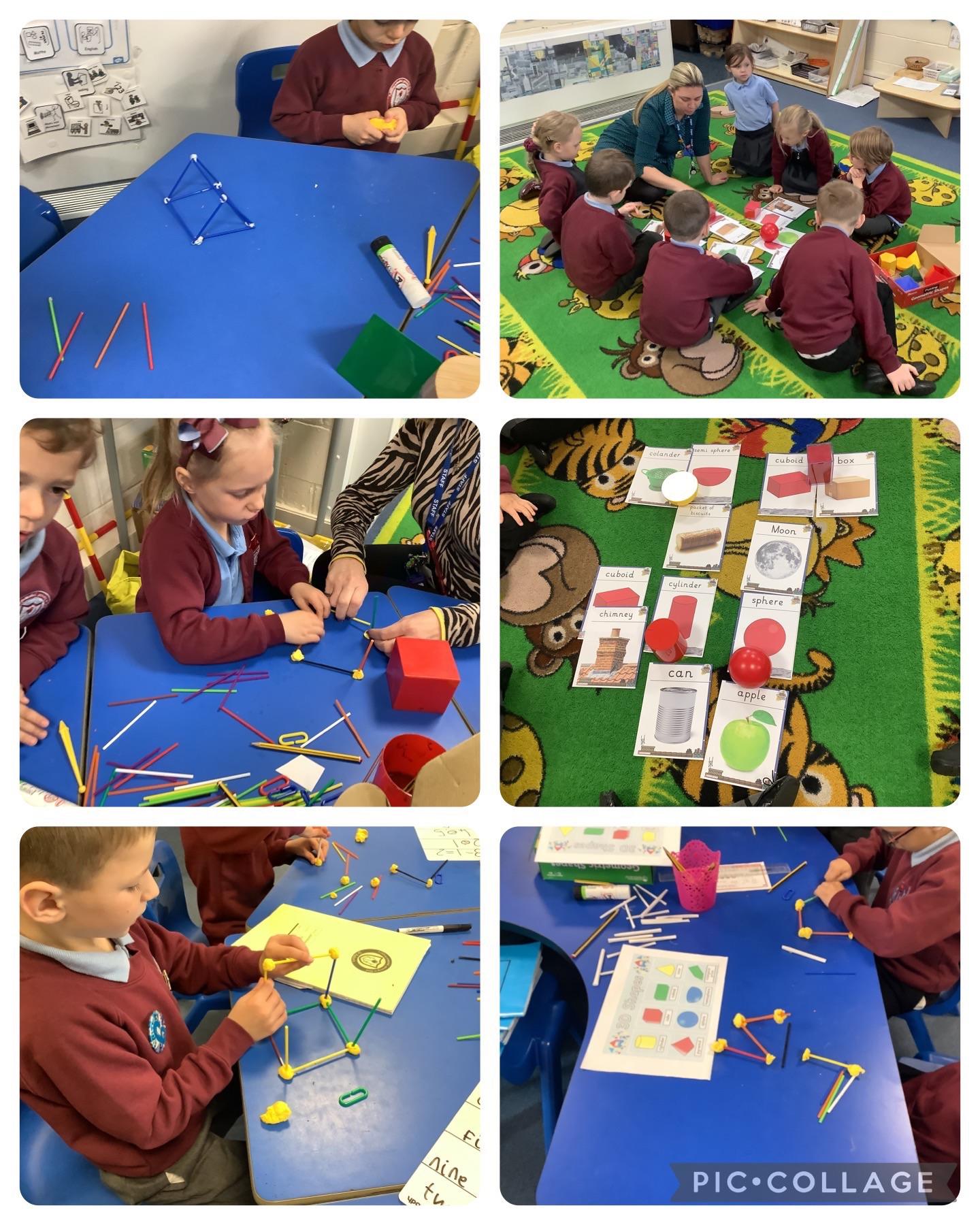
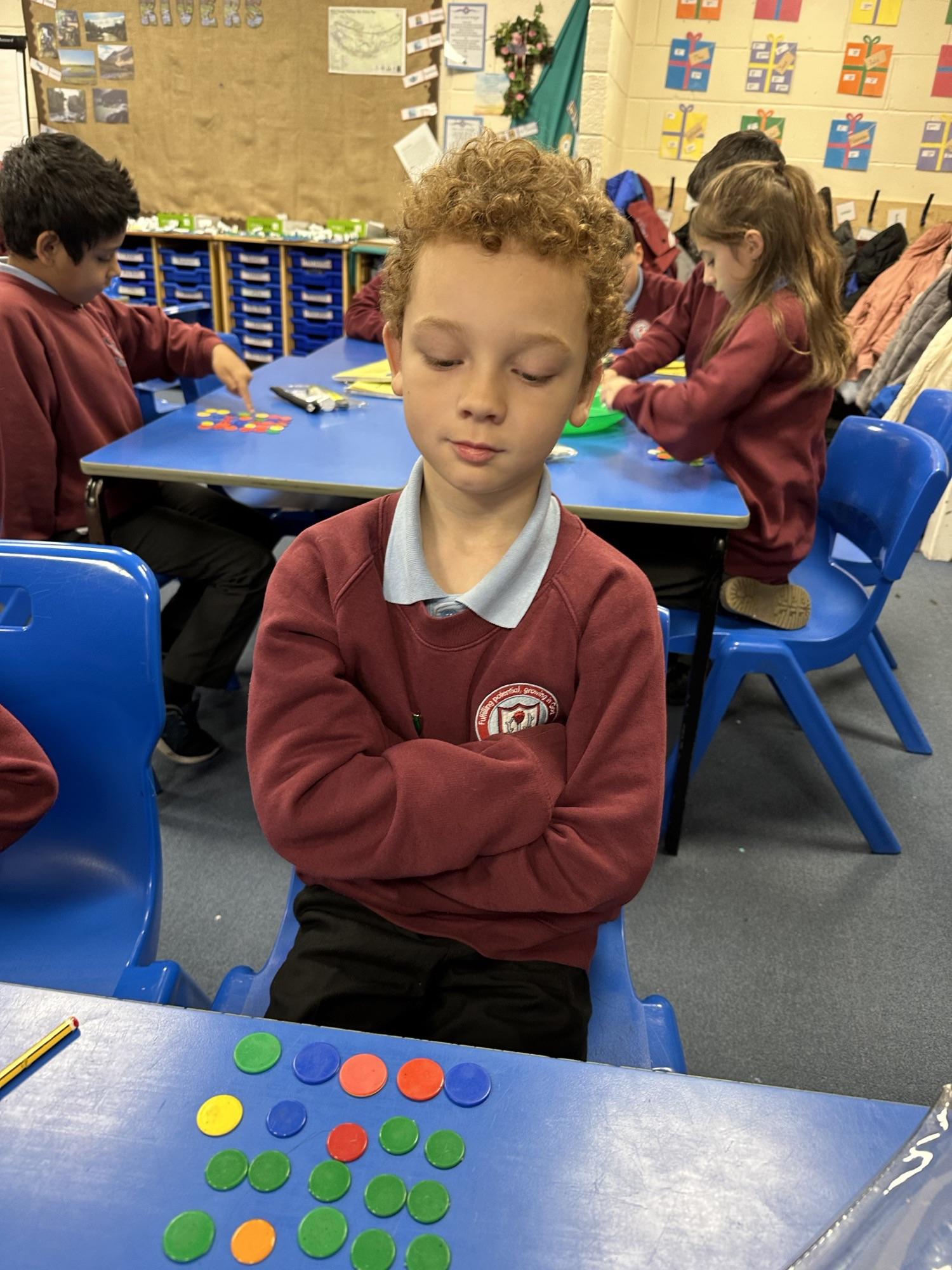
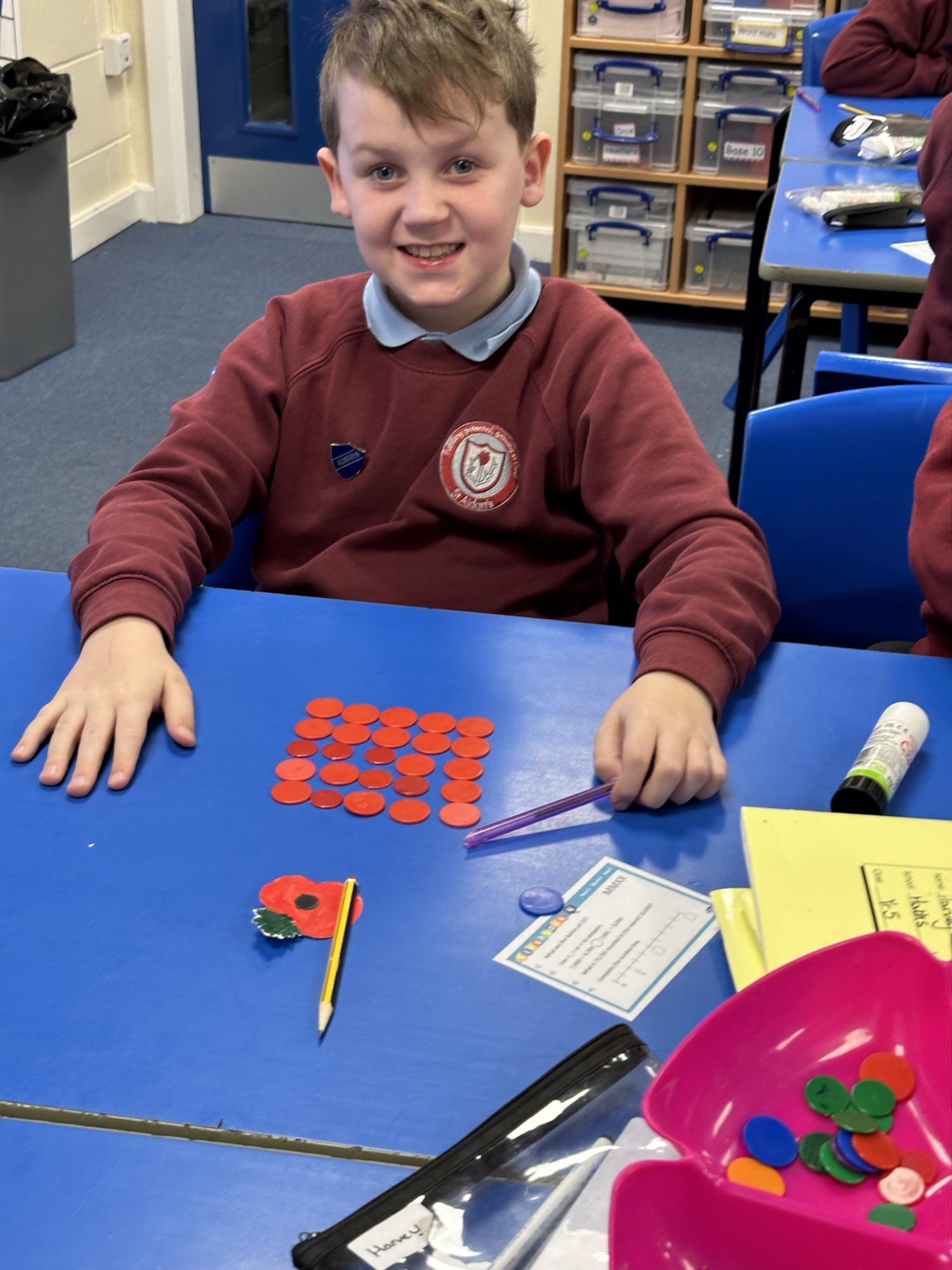
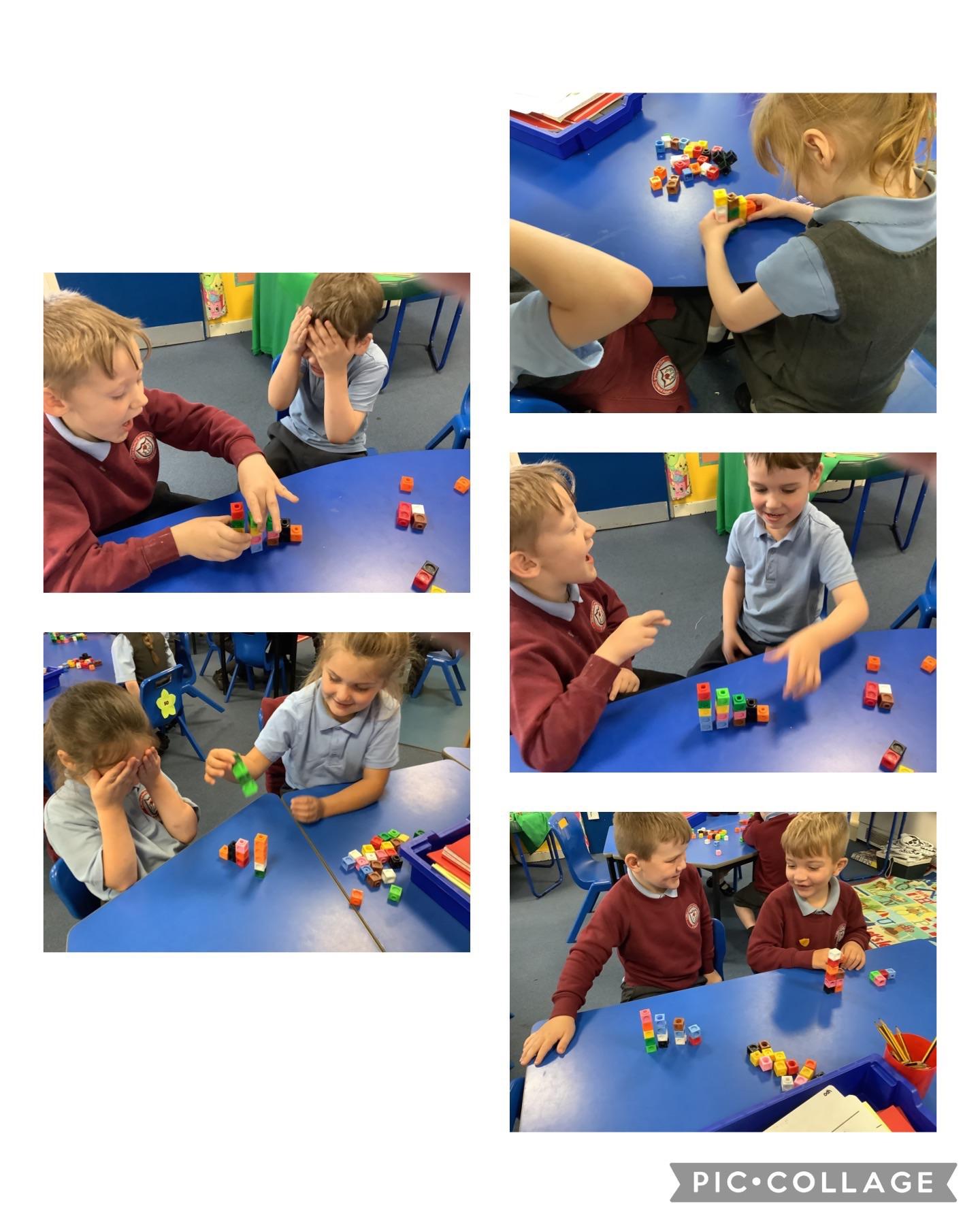
 Numberblocks website link
Numberblocks website link

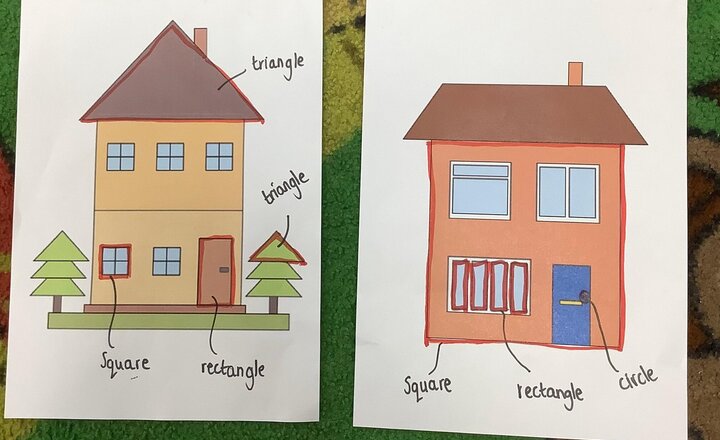
.png)
.png)
.png)
